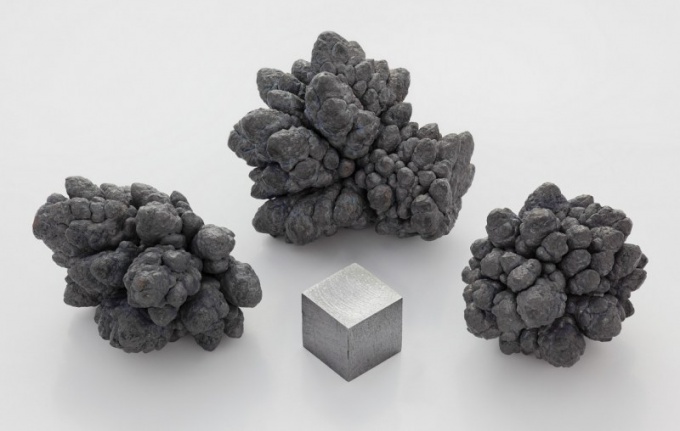Instruction
1
Lead enters the body in two ways: through the respiratory system (through inhalation of dust particles of metal) and through the digestive tract. Often the risk of poisoning the workers exposed to harmful industrial productions. The average person can deal with this metal in old houses, built in the early twentieth century. During that period all paints have added lead. Particularly severe consequences of lead poisoning poses to children.
2
Lead intoxication has a detrimental effect on the brain. Early manifestations of intoxication are weakness, dizziness, irritability, reduced memory and efficiency. In severe poisoning lead encephalopathy appears. It is manifested by partial paralysis, and lacerations, asymmetry of the face, speech disorder and coordination, trembling hands and fingers. Sometimes "acute lead encephalopathy", which is accompanied by convulsions.
3
Lead negatively affects the nervous fibers, causing polyneuritis. It first affects the nerves of the hands and feet. The first symptoms of polyneuritis pain, numbness in the limbs and even sores on the skin of the hands and feet. With the development of the pathological process there is a loss mostly of motor nerve fibers (controlling muscle movement). First, there is a weakening of strength in the hands, difficulty in finger extension. They can no longer extend the entire hand and as a result there is paralysis of the hands. Sometimes affects the motor nerves of the feet, leading to paralysis of the feet.
4
On the blood lead adversely affected. The affected people suffer from severe anaemia (reduction in red blood cells and hemoglobin in the blood). Well as increased levels of basophils and reticulocytes.
5
Involvement of the gastrointestinal tract due mainly to damage to nerves regulating the stomach and intestines. Early signs of lead poisoning are nausea, vomiting, heartburn, unpleasant taste in mouth, poor appetite. Often have cramping pain in the stomach. The characteristic symptom of intoxication is a frequent change of constipation and diarrhea. The secretion of gastric juice early in the disease increases, and then decreases sharply.
6
Severe manifestation of lead poisoning is lead colic. This sharp intense cramping pain in the abdomen. The stomach in patients with retracts and becomes very painful in region of navel. Pain accompanied by severe constipation, which are not amenable to laxatives. During an attack the blood pressure increases. Colic can last several days.
7
The liver is another organ that is suffering from lead intoxication. Firstly, it serves as a depot (storage) for the lead. The liver increases in size, becomes painful, and not fully fulfill its function, that is, occurs toxic hepatitis.
8
The heart and blood vessels are also suffering from lead poisoning. Often affects small vessels, especially of the feet, the inner wall becomes inflamed. Due to insufficient supply of tissues occurs frequently gangrene of the foot. Blood pressure patients, as a rule, increased. Especially sharply it rises during lead colic. Because lead poisoning is suffering heart. Often there is an arrhythmia (rhythm disturbance).
9
Bones can accumulate lead. Due to this feature, even after the cessation of contact with metal for a long time the symptoms of poisoning do not pass.
10
Due to intoxication disturbed metabolism. The body begins to poorly utilize vitamin C and B1, which is manifested by deficiencies. Patients there is some tendency to ketoacidosis. A characteristic symptom of lead intoxication is the appearance of a purple fringe on the gums.
